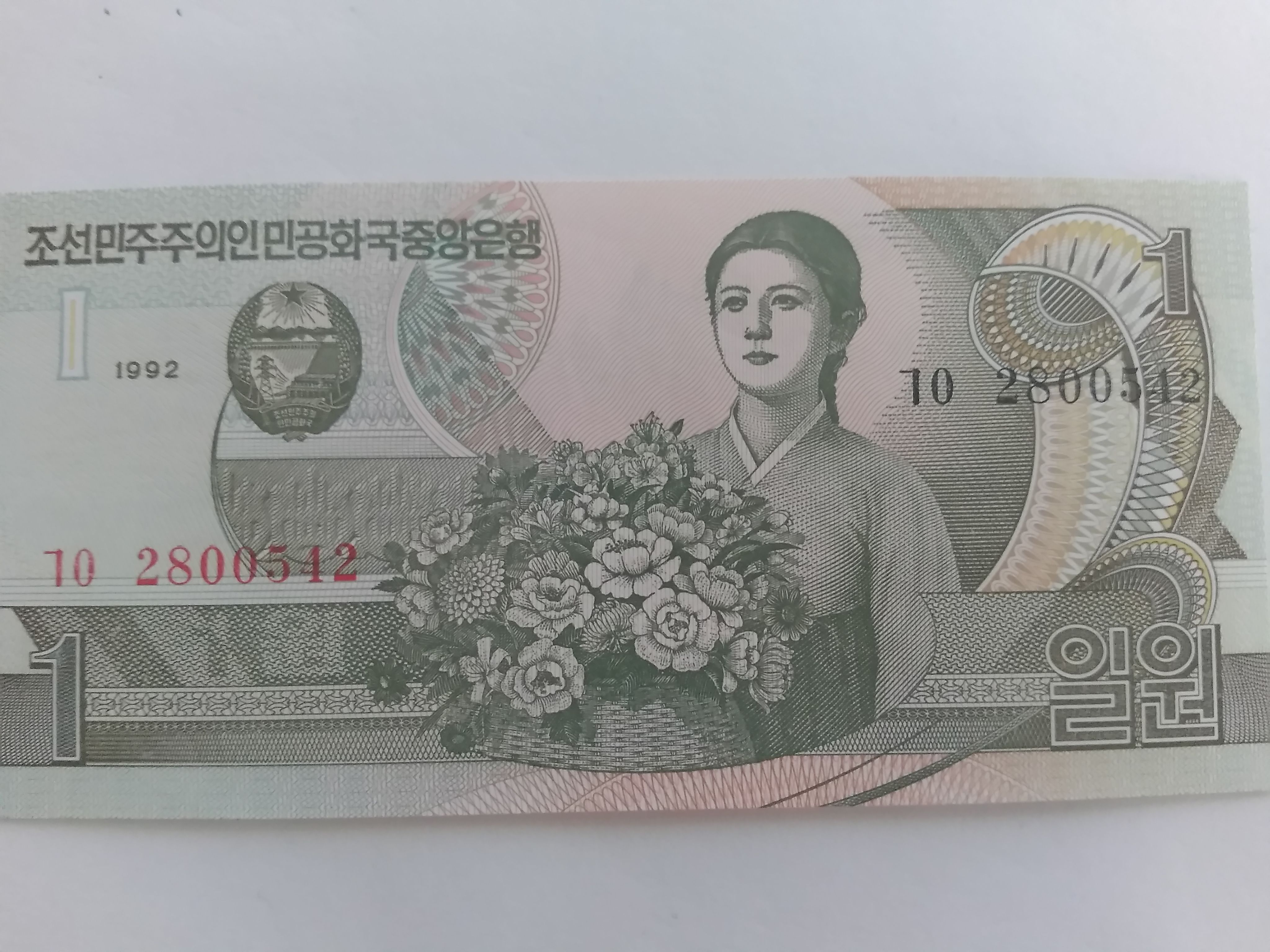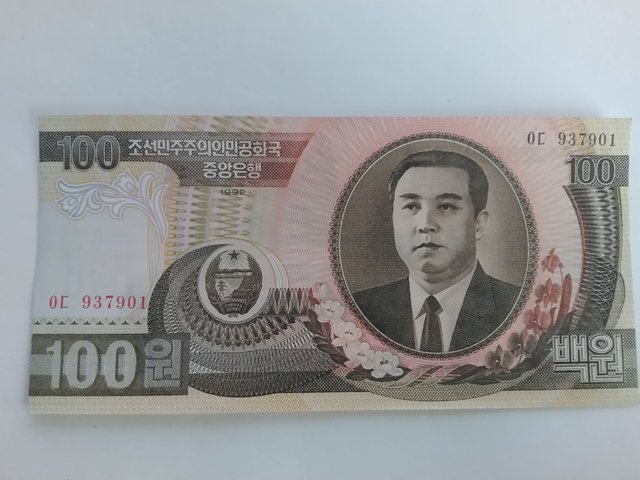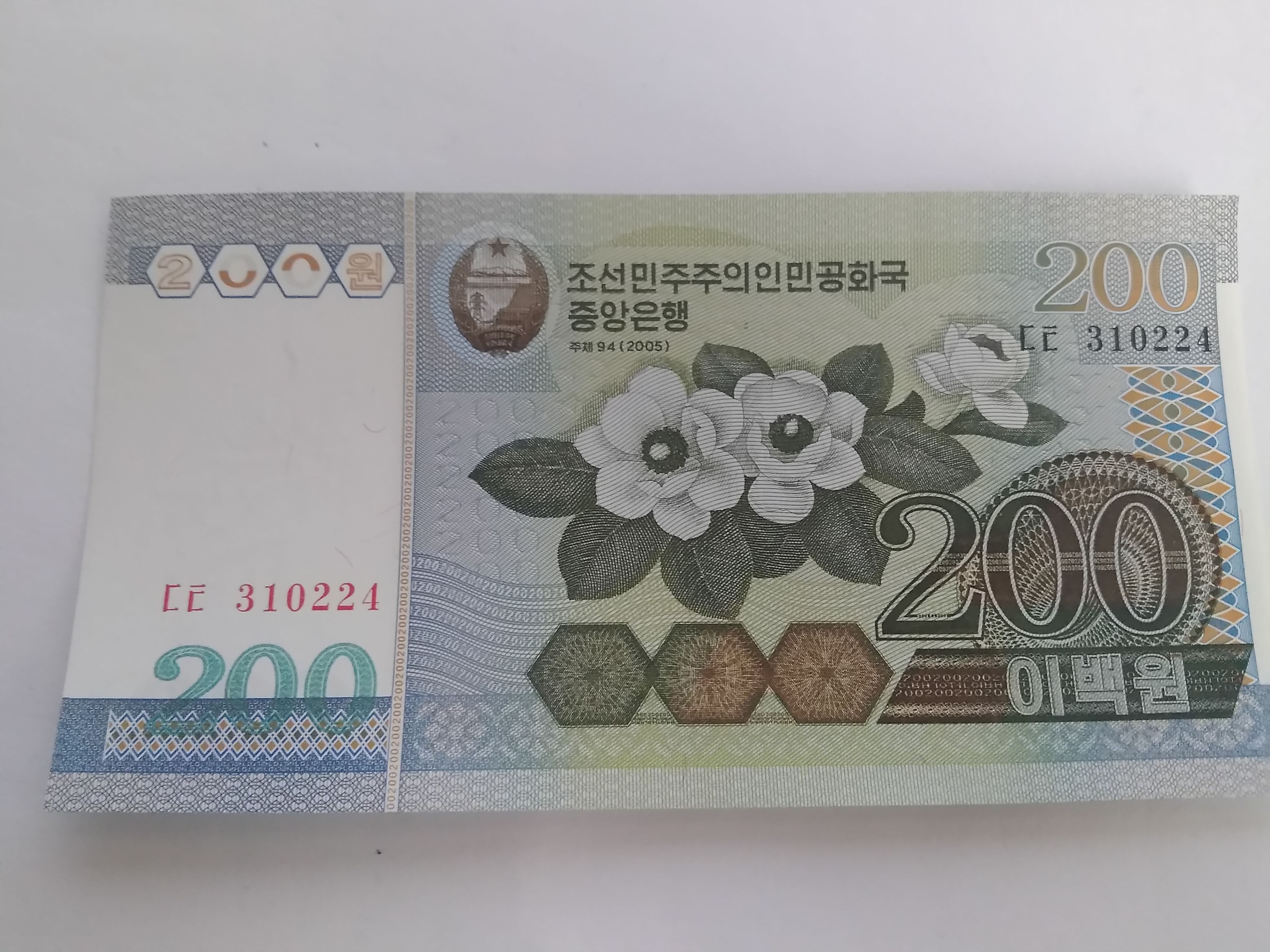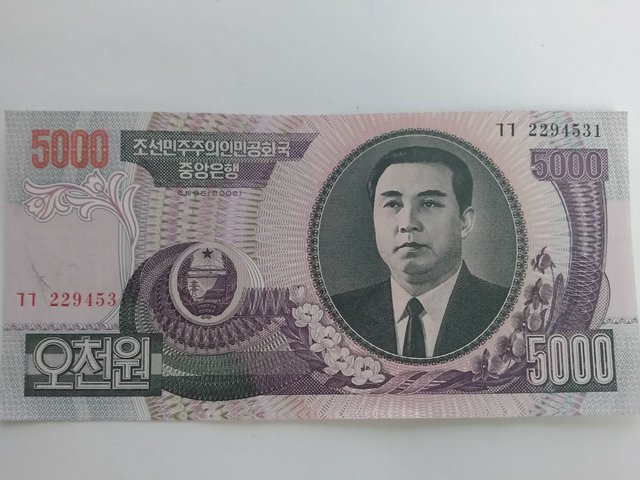Banknotes of the Juche type, part one
So I was talking with the editor a while ago about how better to utilize this wonderful niche I've woefully underutilized. After having to figure out exactly which editor to use (ahem), I can now get back on track and do the one thing I sink money into on an almost-regular basis.
Banknotes. Wonderful, curlicued banknotes.
Well, not entirely. I tend to frown a little bit on being sold bent banknotes except where rarity is concerned. This site tends to lean into the "to hell with fiat currency/taxation" quite a bit, but if you'll chance the endeavor a little bit and come down this alleyway of financial fuckery, you might learn something.
For the last few years, I've been slowly amassing a collection of banknotes that would rival anything my grandma's collection had on hand, and I really wish my pin wasn't stolen, but that is neither here nor there. Someone will know what I am talking about, at least.
For now, indulge me in the political arena that is "BEST" Korea, the "Democratic People's Republic of Korea", North Korea. A tenacious, angry, unrelenting mass of the nomenklatura unleashed on almost all of the Korean peninsula at one point, before being beaten to the Yalu river and then sloshing back to the DMZ, this country doesn't see very many dollars flow into it because of its political standpoint, resembling a mix of Korean Confucianism, Imperial Japanese militarism, Soviet and Chinese cultural and monetary influence, and autarky in the extreme. Yes, it once was called Juche, but recent and frequent reinterpretations of this leading but nebulous ideology have morphed it into a justification of a permanently-militarized war state with a crumbled economy that survives on statuemaking, crappy noodle restaurants, Chinese support and arms sales.
But most people will never encounter their money. As a matter of fact, it's not even supposed to leave their country. For the longest time it was one of the few state-capitalist societies that relied on foreign exchange certificates, and even then these were split between 'socialist' and 'capitalist' countries. Socialist certificates were always red; capitalists, green. They took great pains to avoid putting pictures of the then-President of North Korea, for fear that proper reverence would not be shown to his portrait. These certificates can be found most commonly from various areas in a circulated fashion.
Their earliest issues of banknotes from the Soviet period are unremarkable and only exist as a curiosity, being replaced with successive issues. 1947-series notes always feature farmers or people on tractors. Recently the NK government has been reproducing these notes but they do not quite match the originals. 1978 featured an overhaul, and while I've been meaning to get this series of notes, they come in five, yes, five different styles for each denomination. The oldest series of notes I have are from 1992, about the time Kim Il-sung handed over most of his day-to-day power to the appointed successor, Kim Jong-il.

You'll pardon the size at which these pictures come about, the phone only does so much.
This 1-won note I have often seen described as "woman with flowers", but that is not quite correct. The note itself is god damn small, but considering the purchasing power it's no surprise. The lady on the front is Hong Yong-hi, who starred in the often-repeated film The Flower Girl. On the reverse are the Diamond Mountains, which I didn't really get a picture of. This note was discontinued some time after 1998, and there is an overprint version that I have yet to find for a reasonable amount.

The hundred-won note is a stark contrast but most notes of this type are the same size, unfailingly. The unimpressed look of Kim Il-sung dominates the note in a strange way. Surprisingly, the date 1992 does not have an era name appended to it, which didn't happen until after the mourning period of his death. As is custom in North Korea, the reverse of this series is his native home in Mangyeongdae. 100-won notes of this date and type have been long out of commission. I grabbed a fair amount of these at some cost.

This two hundred-won note features the country's national flower, the magnolia, with half-number-filled hexagons. The note itself probably wouldn't pay for much, to be fair, but on closer inspection the security features are numerous. With printing outfits like what they have, it's no surprise. I was hoping to grab a set of 5-won notes (the lowest they use, and it's only for one area, their metro fare), but with all good and rare things, they disappear fast. I have enough of these but they won't be parted with for a long time.

Finally, the 5000-won note of the later type, with the Juche era appended. There isn't too much to say about this note except that the buying power of this note has probably declined since a failed redenomination attempt. Straps of these notes go for about thirty dollars or so, which renders each note probably 40 cents or so in tentative value. There are notes with higher amounts but I'm going to save those for a future post. The 5000-won note is the highest denomination currently used, but redesigns having happened six years ago, make these notes seem almost quaint.
I'll be posting more of these and many, many other notes in the coming weeks, so please, stay tuned.
Banknotes, away!